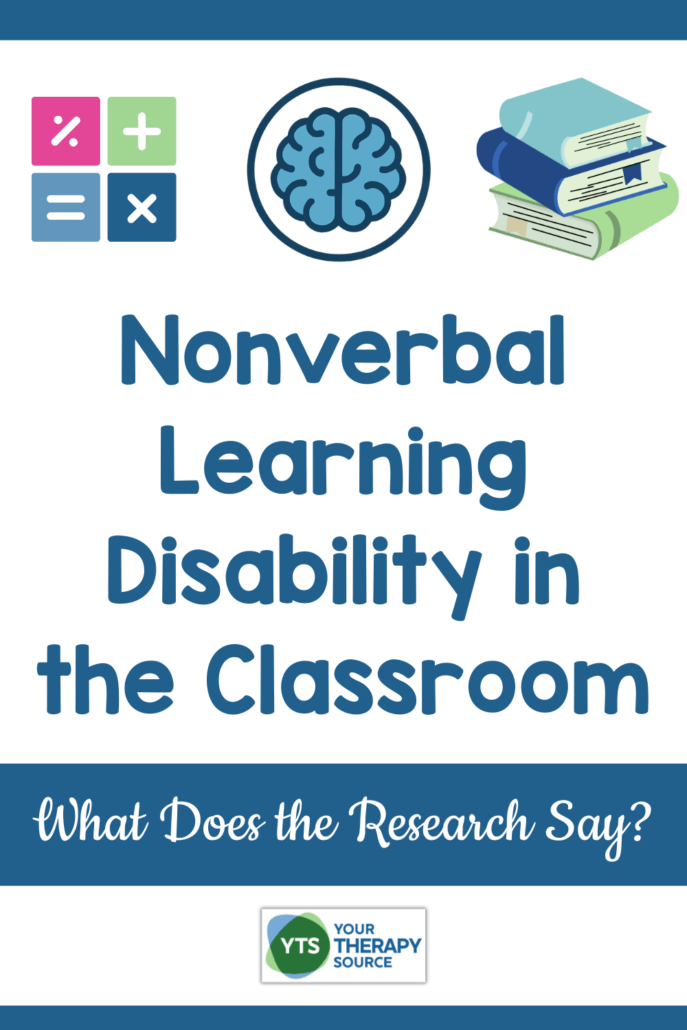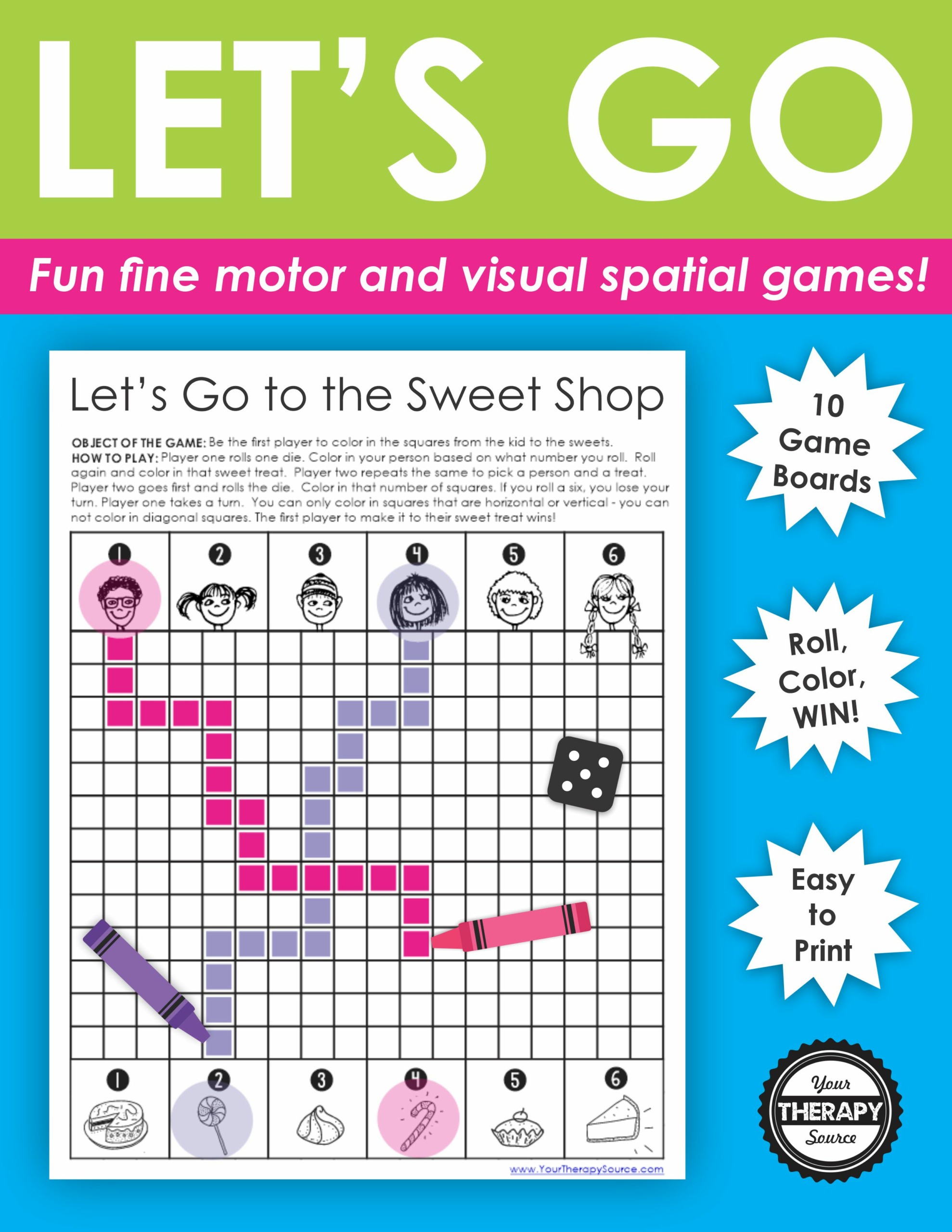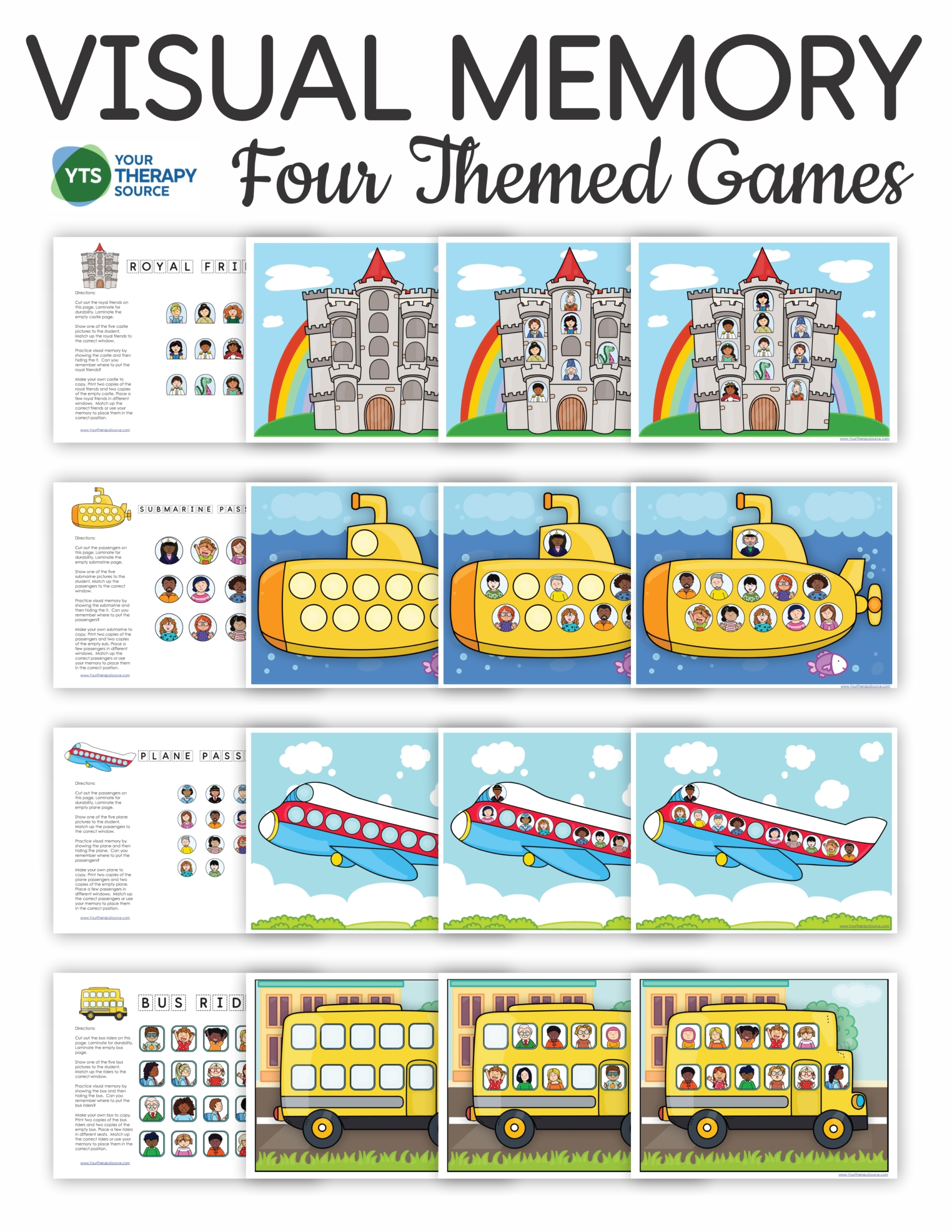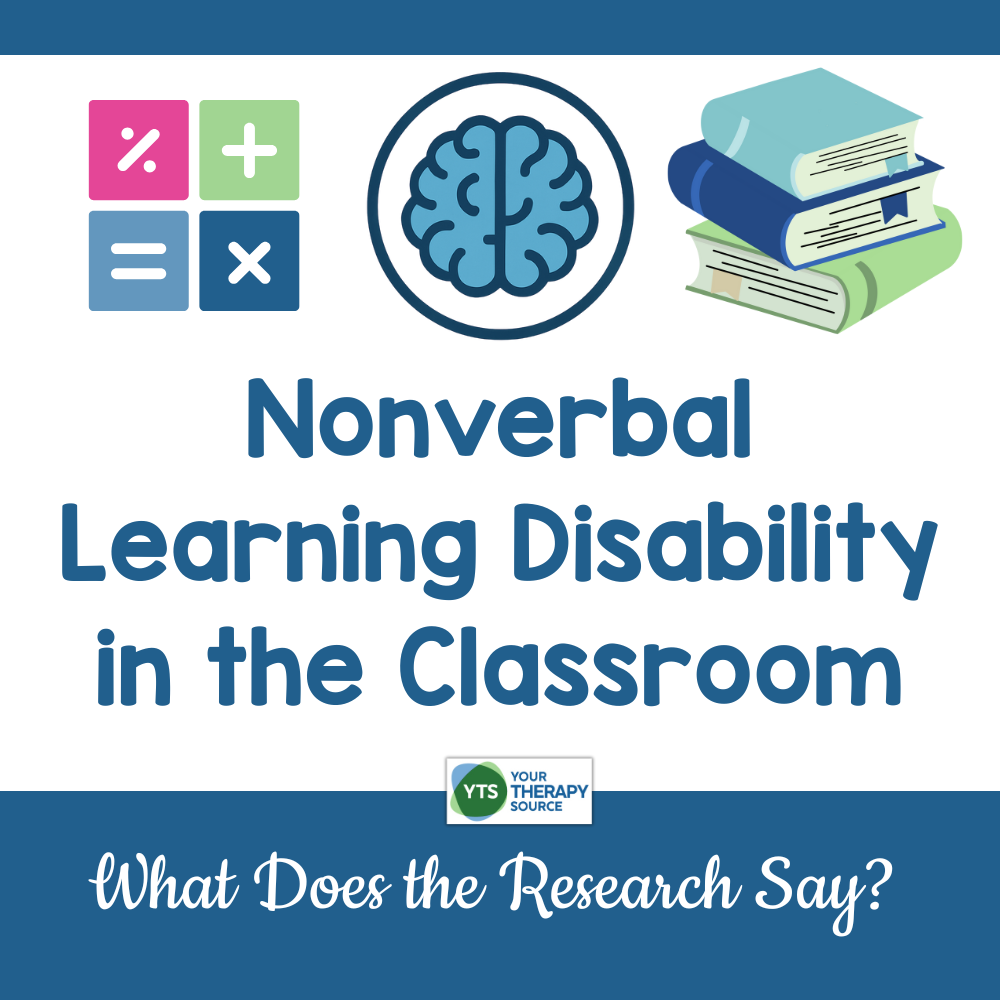Nonverbal Learning Disability in the Classroom: What Does the Research Say?
Nonverbal learning disability (NVLD) has been discussed for decades, but new research confirms what many school-based professionals see daily: not all children with NVLD look the same. A recent study by Margolis and colleagues (2025) examined 180 children who met research criteria for NVLD and identified four distinct profiles. These findings are important for occupational therapists, teachers, and other related service providers who support students with learning and behavioral challenges. Read more about nonverbal learning disability in the classroom and how you can help your students succeed.

What Is NVLD?
NVLD is typically defined by visual-spatial reasoning weaknesses (trouble understanding patterns, space, and shapes) while basic word reading skills remain intact. Children with NVLD may also struggle with motor skills, executive functioning, math, and social participation. NVLD has been described inconsistently, therefore many children are misidentified or misunderstood in school settings.
The Four Profiles of NVLD
The study identified four unique NVLD profiles, each with its own pattern of strengths and challenges that can impact how students function in the classroom.
Profile 1: Broad Visual-Spatial Deficits and Behavior Concerns
- Weaknesses across multiple visual-spatial skills.
- Struggles with reading comprehension.
- Higher rates of inattention and aggression.
- Research also showed that fine motor difficulties were common across most NVLD profiles, not just this group.
What this means for schools: These students may need targeted support for self-regulation, structured learning routines, and academic tasks such as reading comprehension.
Profile 2: Visual-Spatial Weakness with Anxiety
- Deficit in visual-spatial construction skills, but math skills were strong.
- Highest rates of anxiety disorders.
- Lower rates of specific learning disorder.

Let’s Go Game – Fine Motor and Visual Spatial Games
What this means for schools: These students may appear academically capable but experience emotional distress, perfectionism, or school-related anxiety. Calming strategies, visual supports, and collaboration with mental health staff can help.
Profile 3: Reasoning Deficits and Math Challenges
- Weaknesses in fluid reasoning.
- Math difficulties were common.
- Reading comprehension remained strong.
What this means for schools: These students may benefit from math scaffolding, step-by-step problem solving supports, and strategies to build reasoning flexibility, while being able to use their stronger reading skills to access content.
Profile 4: Mixed Pattern, Possibly Not NVLD
- Did not show clear visual-spatial weaknesses.
- Lower verbal skills, but no major functional impairments.
- May not actually represent NVLD as currently defined.
What this means for schools: Some students labeled as NVLD may actually fit a different learning profile. Careful assessment is needed before assuming NVLD explains their challenges.

Visual Spatial Memory Games – Interactive for Distance Learning or Print
Practical Strategies for School Teams
For Profile 1 (Broad Deficits + Behavior Concerns)
- Try: Visual checklists, step-by-step task breakdowns, and graphic organizers How it helps: Reduces cognitive overload and supports sequencing skills.
- Try: Incorporating movement and regulation breaks. How it helps: Improves attention and lowers aggression.
- Try: Direct fine motor interventions such as handwriting practice with adaptive grips. How it helps: Builds functional independence in schoolwork.
For Profile 2 (Visual-Spatial Weakness + Anxiety)
- Try: Provide predictable routines and visual supports (e.g., schedules, classroom maps). How it helps: Reduces uncertainty and lowers anxiety.
- Try: Calming corners, mindfulness breaks, or quiet fidgets. How it helps: Promotes emotional regulation during stress.
- Try: Encourage strengths in math and problem solving. How it helps: Builds confidence while balancing areas of weakness.
For Profile 3 (Reasoning Deficits + Math Problems)
- Try: Use manipulatives, math visuals, and concrete-to-abstract teaching. How it helps: Strengthens reasoning by connecting math to real-world concepts.
- Try: Teach self-monitoring strategies (“Does my answer make sense?”). How it helps: Improves problem-solving accuracy.
- Try: Leverage strong reading comprehension for math word problems. How it helps: Allows students to access math through their language strengths.
For Profile 4 (Mixed Pattern, Possibly Not NVLD)
- Try: Broader academic and cognitive assessment before intervention planning. How it helps: Ensures the right supports are provided without mislabeling.
- Try: Target verbal skill development (vocabulary, expressive language activities). How it helps: Supports classroom participation and communication.
- Try: Monitor progress without assuming NVLD-specific interventions. How it helps: Keeps focus on actual areas of need.
Why This Matters for School-Based Practice
This research highlights clinical heterogeneity which is the idea that NVLD is not a single, uniform condition. For OTs, teachers, and related service providers, this means:
- Assessment should be individualized. Not all NVLD students will show the same challenges in math, reading, motor skills, or social participation.
- Interventions must be profile-specific. A child with broad deficits and aggression will need very different supports than a child with strong academics but high anxiety.
- Collaboration is essential. Because NVLD overlaps with attention problems, motor skills, and emotional regulation, OTs, teachers, school psychologists, and counselors all play a role in supporting these students.
Key Takeaways
- NVLD is better understood as a spectrum of profiles rather than a single diagnosis.
- Visual-spatial skills are linked to functional outcomes such as math, fine motor coordination, executive functioning, and social skills.
- Recognizing the specific NVLD profile can help school teams target supports more effectively.
- Some students may be misclassified, underscoring the importance of comprehensive evaluation.
Reference
Margolis AE, DeRosa J, Kang M, et al. Profiles in Nonverbal Learning Disability, Academic Skills, and Psychiatric Diagnoses in Children. JAMA Netw Open. 2025;8(10):e2533848. doi:10.1001/jamanetworkopen.2025.33848



